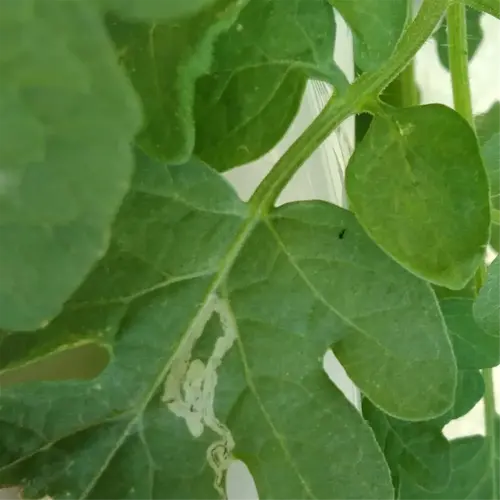What alternatives exist to ladybug releases?

Written by
Tina Carter
Reviewed by
Prof. Samuel Fitzgerald, Ph.D.Ladybug pest control isn't the only means of managing pests in the garden. Often, an integrated approach produces better results, with less risk to the ecosystem. One of my clients had aphids on his roses, more than previous attempts with ladybugs to decrease aphid populations. His roses rebounded quicker than in previous ladybug-only control. An integrated approach with lacewings and companion plants demonstrates that diverse control agents will provide better resistance to pest populations.
Biological Controls
- Lacewing larvae consume 200+ aphids weekly, triple ladybug rates
- Parasitic wasps target tomato hornworms and cabbage loopers
- Nematodes control soil-dwelling grubs without chemicals
Cultural Tactics
- Rotate crops annually to disrupt pest lifecycles
- Interplant basil with tomatoes to repel whiteflies
- Use trap crops like nasturtiums for aphid diversion
Mechanical Solutions
- Row covers block 90% of flying pests pre-infestation
- Yellow sticky traps capture adult whiteflies and fungus gnats
- Diatomaceous earth dehydrates soft-bodied insects in dry conditions
Companion planting increases pest management naturally. Marigolds roots produce chemicals that repel nematodes and attract hoverflies. One zucchini grower planted them with dill, and within 2 weeks, the hoverfly larvae had consumed 80% of the aphids, achieving greater pest control than the ladybug he had purchased in previous years.
Soil health has a direct effect on pest resistance. Soils enhanced with mycorrhizal fungi will grow plants with thicker cell walls, bean plants grown in this case sustained less damage, 60% less from beetles. Furthermore, when combined with compost tea sprays, plant immunity can be bolstered without harming beneficial ground beetles.
Timing is key in using biological controls. Lacewing larvae should be released at the first sighting of an aphid. The lacewing will establish itself before the aphids reach their peak population density. One basil farm restored a nearly total loss of basil through a timed release of lacewing, which is a great lesson in preventive management versus reactionary management. You can monitor aphids through weekly pest counts to know when to release the lacewing.
Read the full article: Ladybugs Pest Control: Benefits and Risks

